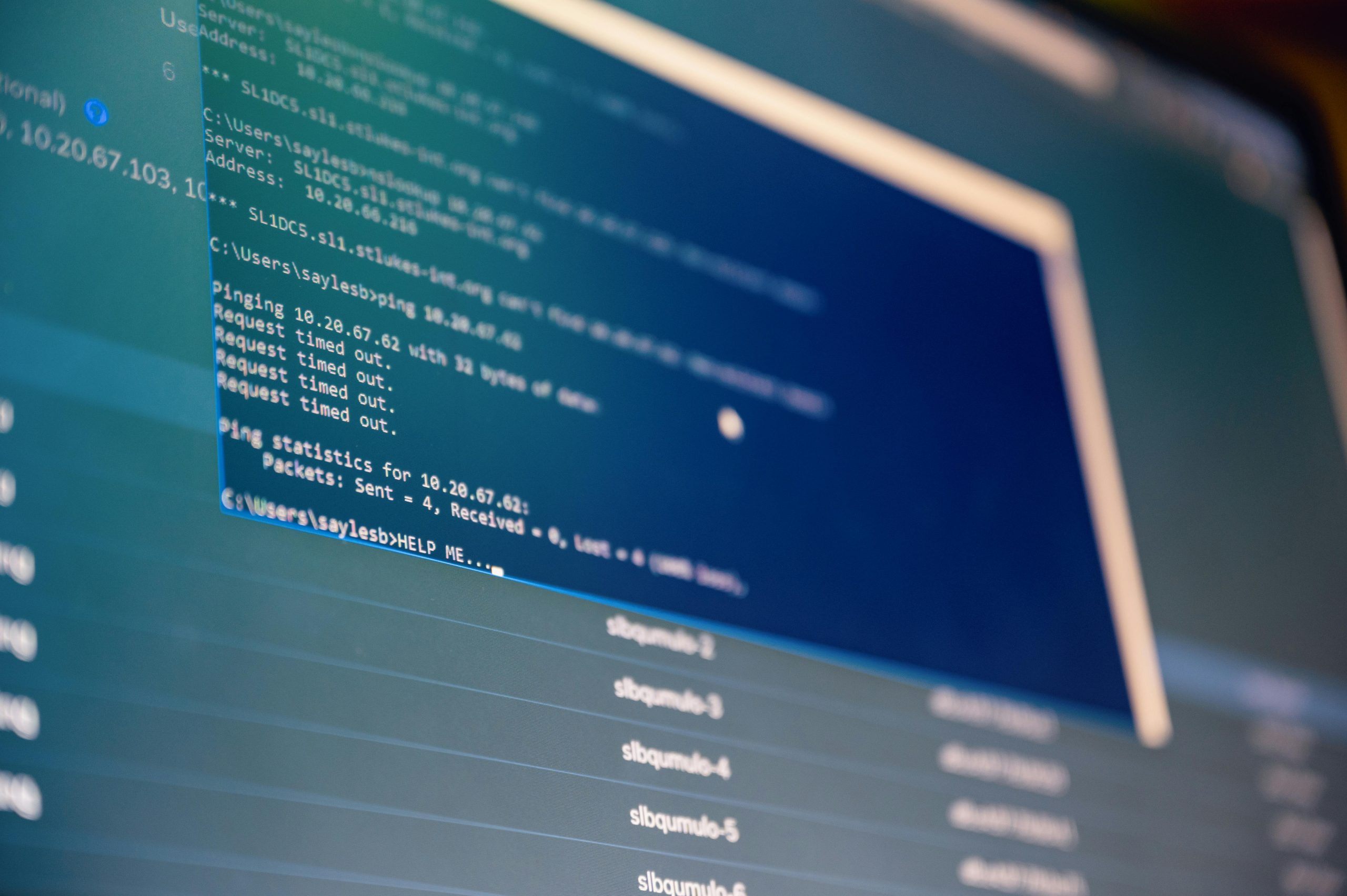Troubleshooting Wi-Fi Issues on Your Laptop: A Comprehensive Guide
We live in a fast-paced digital world where stable internet connectivity is not just a luxury, but a necessity. Whether for professional work, gaming, or streaming content, an inconsistent Wi-Fi connection can disrupt your daily routine significantly. A user recently shared on a Reddit forum about an unusual Wi-Fi issue observed on their laptop, providing a perfect example of internet connectivity challenges many of us face. In this blog post, we’ll delve deeper into the problem, explore potential underlying causes, and offer comprehensive solutions to help you troubleshoot similar Wi-Fi issues effectively.
Understanding the Wi-Fi Issue
The Reddit user reported several symptoms that indicate network issues on their laptop. These included:
- Significant slowdown in download speeds for files over 1GB, where initial download speed estimates suddenly drop, resulting in drastically longer waiting times.
- The inability to load new web pages on a browser while a large file is downloading.
- The problem persists at a lower scale for files between 100 MB and 1GB, but is absent for files smaller than 100 MB.
- The issue is exclusive to the laptop; other devices such as phones have no such problem.
- Online gaming functionality seems unaffected, indicating that the issue might be specific to certain types of data usage.
- Varying browser performance: Microsoft Edge displays consistently slow download times, but other tabs work without issue, whereas Firefox experiences extreme initial slow-downs and tab loading issues.
Initial Checks and Actions
Before diving into more technical troubleshooting, it’s essential to conduct some initial checks:
Router and Modem
-
Restart Your Router/Modem: Unplugging and reconnecting your router can sometimes resolve temporary glitches in connectivity. The Reddit user attempted this basic step with no success, but it’s always a good practice to start with.
-
Router Placement: Ensure that your router is placed in an open area, free from physical obstructions or interference from other electronic devices. Wi-Fi signals can be weakened by walls or electronics.
-
Firmware Updates: Check if your router’s firmware needs updates. Manufacturers often release updates to fix bugs or improve performance.
Laptop-Specific Checks
-
Network Adapter: Device managers can show if the network adapter is functioning correctly. Ensure there are no warning signs such as yellow triangles or red crosses by the adapter name, which indicate hardware or driver issues.
-
Driver Updates: Although the Reddit user noted all drivers were up to date, double-checking via your laptop manufacturer’s website or using dedicated software can ensure absolute certainty.
-
Browser-Specific Issues: Since the user encountered different behavior across browsers, try resetting the browser settings or switching to another browser to compare performance.
Diving Deeper: Potential Causes and Solutions
Bandwidth Overutilization
When downloading large files, your internet connection can reach its bandwidth limit, causing a slowdown in speed for other tasks. This is especially common on networks with multiple active devices. Here’s what you can do:
-
Bandwidth Management Tools: Use Quality of Service (QoS) settings on your router. QoS prioritizes bandwidth for specific devices or applications, ensuring crucial tasks, such as file downloads or streaming, get necessary bandwidth.
-
Network Monitoring Software: Applications like GlassWire or NetBalancer can show you which applications are consuming bandwidth, allowing you to manage and allocate bandwidth better.
Browser Cache and Extensions
Caches and extensions can drastically affect browser performance:
-
Clear Cache: Cache buildup can slow down internet speed and affect page load times. Clear browsing caches regularly for optimal performance.
-
Disable Extensions: Some browser extensions can cause conflicts or consume additional resources. Temporarily disable all extensions to test if any contribute to the issue.
Network Settings and Configuration
Incorrect network settings might lead to slow or inconsistent connectivity:
-
DNS Settings: Sometimes, the default DNS server set by your ISP might be slower. Switching to reputed DNS services like Google DNS or Cloudflare can enhance speed and security.
-
Reset TCP/IP Settings: Network stacks can occasionally corrupt, causing poor connectivity. Using command prompt commands like
netsh winsock resetandnetsh int ip resetcan reset network settings to default.
Hardware Limitations or Interference
While not commonly discussed, hardware limitations or environmental interference could play a role:
-
Network Card Capacity: Older laptops might possess outdated network cards that struggle with modern high-speed internet. Check if your network card supports the internet speed provided by your ISP.
-
Interference: Microwaves, cordless phones, and Bluetooth devices might cause interference. Ensure there’s adequate distance between these devices and your router or laptop.
-
Check for Physical Damage: Inspect the laptop for any signs of damage to antenna connections, particularly if the problem seemed to “appear out of nowhere.”
Further Diagnostic Measures
Wi-Fi Signal Strength
If none of the above resolves the issue, assessing your Wi-Fi signal strength is vital. Tools like Wi-Fi Analyzer can offer insights into the strength and quality of your connection, allowing you to make informed adjustments or consult with your ISP for optimization.
Professional Assessment
In cases where hardware or persistent software issues are suspected, seeking professional IT support or consulting with your laptop manufacturer’s support team might help diagnose overlooked issues, such as hardware failures requiring component replacement.
Conclusion
Wi-Fi connectivity issues, such as the one shared on Reddit, can stem from multiple factors ranging from simple misconfigurations to underlying hardware problems. Addressing these issues involves a structured approach, starting from initial troubleshooting and extending into more advanced diagnostics.
Investing time in these steps will undoubtedly enhance both your internet experience and your ability to tackle similar disruptions in the future. As technology evolves, being equipped with this knowledge ensures that digital roadblocks remain just temporary bumps on your journey in the digital age.
Share this content:




Hi there, I understand how frustrating Wi-Fi issues can be, especially when they impact your productivity and leisure activities. Based on your detailed post, here are some additional troubleshooting steps that might help resolve or pinpoint the problem: